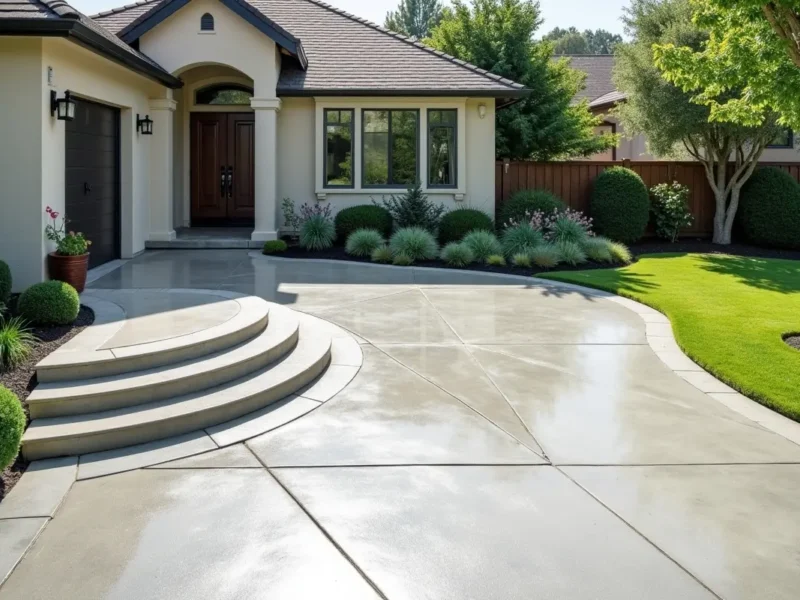As today brings rapid advancements in design and technology, homeowners are eager to refresh and future-proof their living spaces. Innovative home renovation strategies are transforming how properties function, look, and feel, paving the way for smarter, greener, and more personalized. For those exploring remodeling services, understanding these forward-thinking trends can help strike a balance between modern convenience and long-lasting value.
Today’s renovation projects are defined by more than just visual appeal. Integrating technology, prioritizing sustainability, and designing for flexibility are all top of mind for both homeowners and industry professionals. These focuses not only add aesthetic beauty but also bolster energy efficiency, improve comfort, and respond to evolving lifestyle needs. The best renovations strike a perfect balance between function and style, all while reflecting an owner’s unique personality.
With these guiding principles in mind, let’s break down the emerging home renovation trends that will dominate today. Whether your next project involves a high-tech kitchen update or a sustainable whole-home revamp, innovative solutions are at your fingertips. By prioritizing these strategies, you can ensure your home is both future-ready and tailored for present-day living.
The rise of these renovation trends is supported by data from design industry reports, such as those available from Architectural Digest, which highlight the staying power and growing demand for smarter, greener, and more adaptable spaces.
Contents
Smart Home Integration
Modern homes are fast becoming hubs for intelligent, connected living. The integration of innovative technology is now a must-have in renovation projects, not just for tech enthusiasts but for anyone seeking to upgrade comfort and convenience. Homeowners are outfitting their spaces with voice-activated lighting systems, AI-powered security cameras, and advanced energy management solutions. The trend extends to everyday appliances—think refrigerators that send you a grocery list via text or ovens that preheat based on your calendar schedule.
Outdoor living is seeing similar upgrades. App-controlled lighting, smart irrigation, and weather-responsive patio heaters are expanding the functionality of patios and gardens. By automating routine tasks and optimizing energy use, these systems create safer, more enjoyable environments while delivering savings on utility bills. According to Wired, smart home adoption rates are expected to grow steadily, making cutting-edge technology a wise investment for added value and convenience.
Sustainable Materials and Energy Efficiency
Sustainability is redefining the way renovations are planned and executed today. Eco-friendly upgrades are now top priorities, with a strong focus on both minimizing environmental impact and achieving long-term cost savings. Popular choices include energy-efficient windows, solar panels, recycled building materials, and advanced insulation. Even more minor changes, such as installing low-flow plumbing fixtures or using paints with zero volatile organic compounds, can make a significant difference.
Industry experts often advise beginning with energy audits. These audits help homeowners prioritize improvements for the biggest efficiency gains. Using renewable energy sources and reclaimed materials is also recommended. This aligns with major trends noted by publications like The New York Times for economic and ecological benefits.
Open Concept Living and Multifunctional Spaces
Open floor plans remain a favorite, championed for the balance of style, flexibility, and light they bring to modern homes. Removing unnecessary walls creates a sense of spaciousness and encourages natural light to flow freely throughout the property. The versatility of these spaces accommodates busy lifestyles. Kitchens, living rooms, and dining areas can now seamlessly host work, play, and relaxation.
Maximizing Utility in Every Square Foot
Finished basements are also becoming a crucial component in home renovations, often repurposed into home offices, gyms, or entertainment suites. Multipurpose rooms equipped with movable storage or convertible furniture enhance both the function and resale value of properties. By thoughtfully zoning open spaces or incorporating flexible layouts, homeowners can future-proof their homes for many years to come.
Personalized Design Elements
Gone are the days of cookie-cutter interiors. Today’s top renovations center around strong, customized design statements. Today’s homeowners desire standout spaces. They achieve this through eye-catching, moody color palettes and textured wall treatments. They also incorporate distinctive architectural details like coffered ceilings. Bold backsplashes, bespoke cabinetry, and artisanal finishes are particularly sought after, making every home unique and meaningful.
Custom furniture, curated lighting, and handpicked décor allow for deeper individual expression and enhanced comfort. Focusing on personally resonant details in renovations boosts property value. These touches also result in deeply satisfying living environments. This trend is widely supported by design professionals and leading decor magazines.
Conclusion
As we move further, home renovations are about more than surface updates—they are about investing in innovative, sustainable, and soulfully designed spaces. Whether your goal is to upgrade with the latest technology, make your property more eco-friendly, expand living areas, or infuse character into every corner, staying attuned to these innovative trends is key. By embracing the strategies above, homeowners can ensure their properties are comfortable, efficient, and a perfect reflection of personal taste and practical need.



